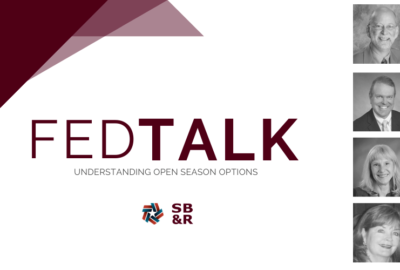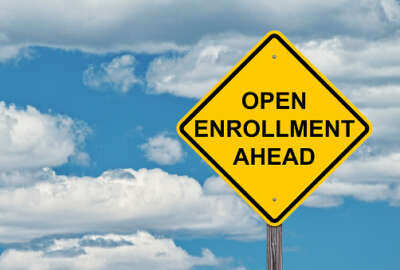
Health plan choices driving you nuts? Shop at the office
Suppose you had three weeks to make a decision that could have a make-or-break impact on both your health and your finances.
Suppose you had three weeks to make a decision that could have a make-or-break impact on both your health and your finances. And that the right answer for you is out there.
But it is buried among 30-40 options, serious shopping is required.
Welcome to the open season, also known, to some long-time civil servants and retirees, as Nightmare Alley. Between now and close-of-business Dec. 9 feds and retirees have a chance to pick a 2020 health plan at the lowest premium; whose network includes their favorite doctor(s); and which provides the best financial protection if they or a family member are hit with crippling medical bills next year for whatever reason.
And while picking the best plan for age, family status and medical needs, workers and retirees also have the chance to save $1,000 to $2,000 in premiums while getting the best possible medical care. No brainer, correct? Yes, but shopping for health insurance, unless you had a very strange upbringing, is not fun. It isn’t rocket science, as they say, but it is difficult in part because people, regardless of age, health, preexisting conditions, family size, have so many choices.
In the Washington, D.C. metro area, which includes the Maryland and Virginia suburbs, many feds and retirees have 40 plans and options to choose from — 40! Imagine picking from 40 mutual funds, or lunch choices, except this is much, much more important. And you have about 21 days.
So, you can do nothing. That’s the route 96% of all health plan holders choose. You stay in the plan you’ve been in for years, decades, maybe forever. And that may have been a good plan back in the day. But today, and next year, your plan may be suffering what is known as “adverse selection,” meaning it is top-heavy with older workers and retirees who’s higher medical costs mean premiums have gone up dramatically. By shopping around you can probably find a similar plan that has lower premiums but gives you all the protection you need. At less cost to you. In many cases you can stay in the same plan, like Blue Cross Blue Shield, but switch to a basic option where benefits are roughly the same and premiums are much lower. And your doctor is in the same network.
But for whatever reason most people do nothing during the open season, year-after-year, even though insurance expert Walton Francis says many people — maybe 50% or more — are in a plan that is too costly for what they are paying. Or it doesn’t provide the catastrophic coverage protection they may need next year if they are a family member have a serious illness, accident or both.
Related Stories
And the good news is that a growing number of federal agencies have figured out that they too can save money — taxpayer money, actually — by subscribing to the online version of Walt Francis’ Consumers’ Checkbook Guide To Health Plans for Federal Employees. They pay for, and allow you to shop at work, conferring with your friends because a good deal for you is a good deal for the government, too, since in many cases Uncle Sam pays two-thirds of your total premium. So if you save money, your agency does too. Win-win.
So which agencies are offering it to employees? Here’s the list including means of access
Nearly Useless Factoid
By Amelia Brust
The record for the world’s largest brownie was given to Something Sweet Bake Shop in Daphne, Alabama, in 2013. It weighed 234.2 pounds and produced nearly 1,200 slices – which sold for $3 a piece to support the Bay Area Food Bank. McGill University in Canada attempted to beat that record a year later, with a more than 4,000-pound brownie. But it’s unclear whether Guinness World Records accepted that submission.
Sources: AL.com, Global News
Copyright © 2025 Federal News Network. All rights reserved. This website is not intended for users located within the European Economic Area.
Mike Causey is senior correspondent for Federal News Network and writes his daily Federal Report column on federal employees’ pay, benefits and retirement.
Follow @mcauseyWFED





